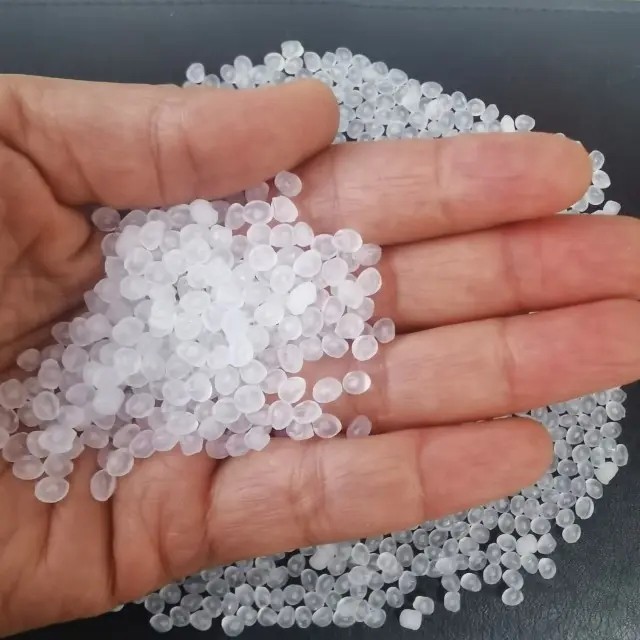HDPE, or High-Density Polyethylene, is a versatile thermoplastic that is widely used in various industries. This material is known for its exceptional strength, durability, and resistance to chemicals and UV radiation. The HDPE material process is an integral part of its production, and it involves several steps that are aimed at producing high-quality finished products.
One of the first steps in the process is the mixing of the raw materials. HDPE is made from petroleum, and various additives are added to enhance certain properties, such as color, stiffness, and melt flow. The mixture is then melted and extruded into long strands, which are then cooled and cut into pellets.
The pellets are then stored and transported to manufacturing facilities, where they can be molded into a variety of shapes using different techniques. One of the most common manufacturing methods is injection molding, which involves melting the pellets and injecting them into a mold to create the desired shape. Another common method is blow molding, which involves using compressed air to inflate a molten tube of HDPE into a desired shape.
Regardless of the manufacturing method, the HDPE material process is designed to produce high-quality finished products that meet strict standards of quality and durability. This material is widely used in industries such as packaging, agriculture, construction, and automotive, among others.
In conclusion, the HDPE material process is a robust and efficient process that produces high-quality finished products. Its unique properties make it an excellent material for a wide range of applications, and its versatility continues to make it a desirable choice for many industries.
Hot Tags: virgin material polyethylene plastic pellets hdpe, China virgin material polyethylene plastic pellets hdpe manufacturers, suppliers, factory, plastic manufacturing raw materials, non woven cloth material, hdpe resins, titanium dioxide pigment, iron titanium oxide, fabric spunbond





